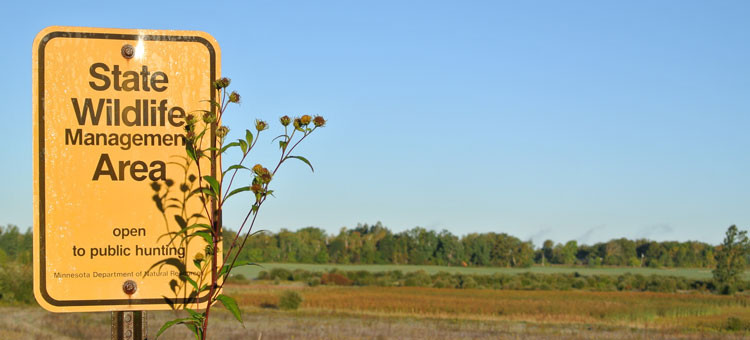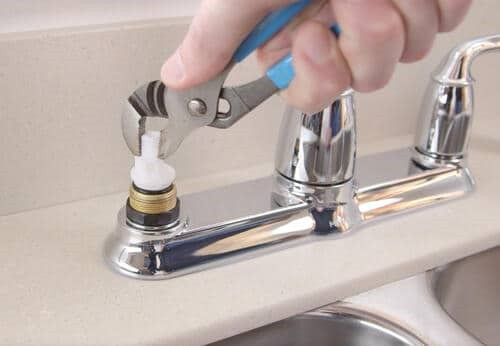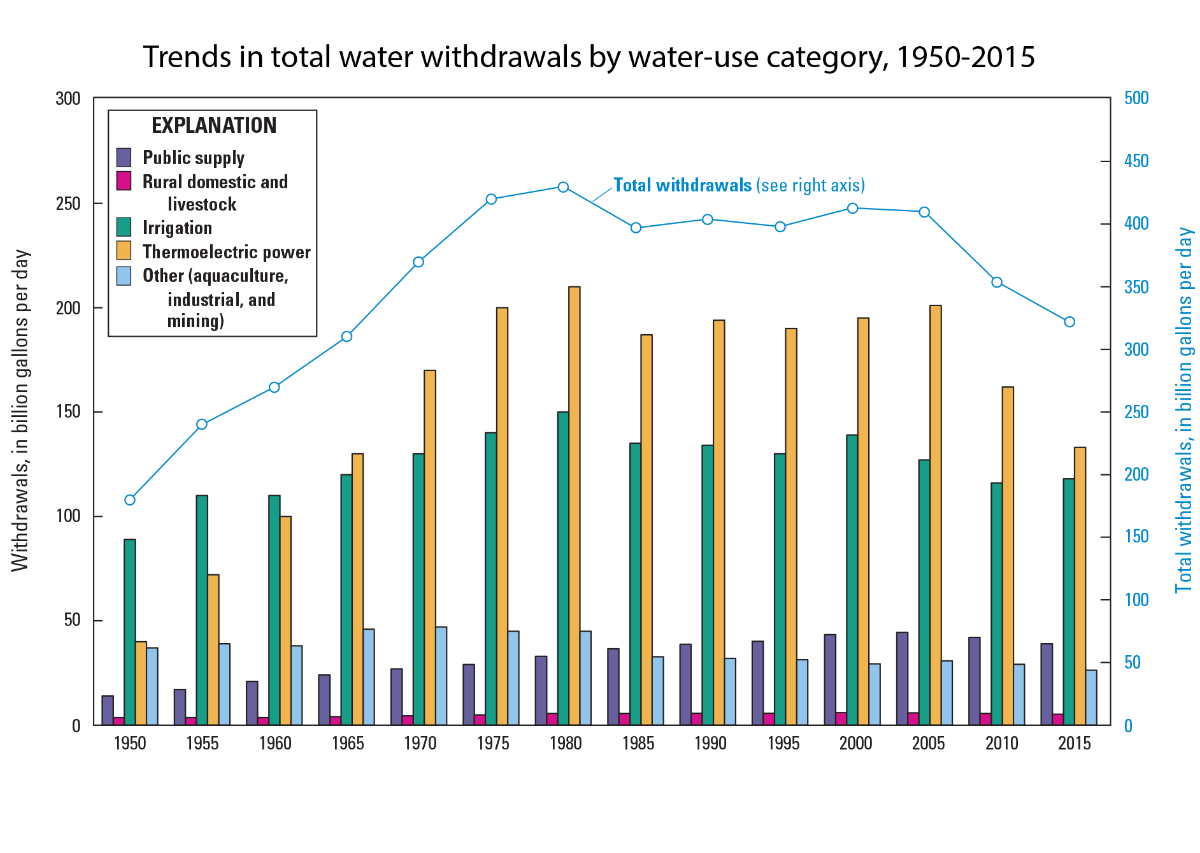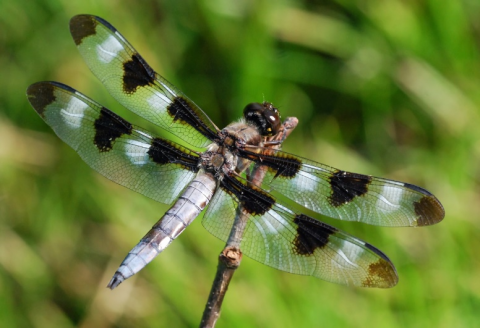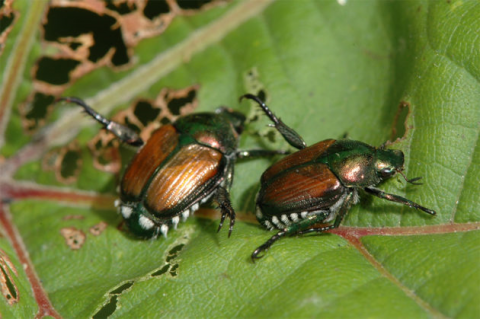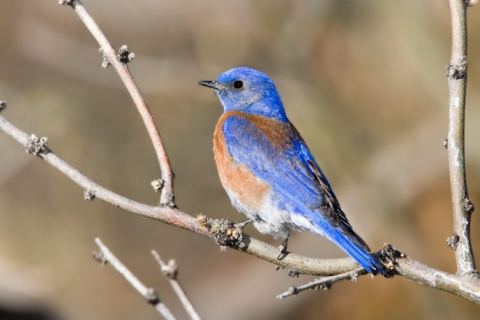Ever since I was a young girl, my family has had a 'real' tree. Our trees were cut from our farm and some were 'Charlie Brown' trees but I have great memories of going out into the woods.
With my own family, we have a tradition of going to our local Christmas tree farm. It's definitely a memory-making experience and my girls always enjoy marching down the rows of firs, spruce, and eventually a white pine, which also happens to be my favorite conifer. I even manage to teach the girls a thing or two about how to identify the different species.
Why buy a real tree vs. a manufactured one?
- An acre of Christmas trees can remove 8,000 pounds of carbon from the atmosphere.
- Are biodegradable and recyclable (into mulch).
- Provide more than a holiday decoration:
- Habitat and shelter for birds and small animals.
- Shade and cool the soil.
- Help prevent erosion.
- Provide year-round beauty in our Minnesota landscape.
- Buying locally gives us a fresh tree and supports local businesses. Here's a list of local tree farms from the MN Christmas Tree Association: https://mncta.com/choose-cut if you don't have a favorite already.
Christmas Tree Care
Make a fresh cut. Before you bring the tree into your home and place it in a stand, re-cut the trunk at least one inch from the bottom just before putting it in the stand. Even if you just cut it, this re-opens the tree stem so it can drink water. Christmas trees are very thirsty! It is not unusual for a tree to drink 2 gallons of water the first day it is in the stand.
Choose a spot away from heat sources. Heat sources like heat registers, space heaters, fireplaces, wood stoves, televisions, computer monitors, etc. speed up evaporation and moisture loss of the tree.
Water immediately. After making the fresh cut, place the tree in a large capacity stand with warm water. The stand you use should hold at least one gallon of fresh water.
Don't add anything to the water! Research has shown that plain tap water is the best. Some commercial additives and home concoctions can actually decrease a tree's moisture retention and increase needle loss.
Check the water level daily. Do not allow the water level to drop below the fresh cut or the stem will reseal and be unable to drink.
What can I do with my tree after the holiday season?
In Anoka County, Christmas trees can be dropped off for free once they've been cleaned of all tinsel, ornaments, lights, etc. Check out this link for more information. https://www.anokacounty.us/359/Compost-Sites
These trees are chipped and recycled into mulch. Mulch moderates soil temperatures, suppresses weeds and helps hold soil moisture.
After removing indoor decorations, you can also set your tree in its stand outside and decorate it for our winter birds. (No need to water it). The Humane Society Wildlife Land Trust recommends a variety of homemade treats such as suet cakes, branches of berries, popcorn, pinecones smeared with peanut butter, and other treats. We simply set ours out by our bird feeders and the birds love the extra cover from wind, cold and predators. In early spring, we bring it to our local compost site.
Will we ever run out of trees?
The National Christmas Tree Association reports that for every tree that is cut, 2 to 3 trees are planted the following spring. So the more trees sold, the more that are planted. And the more trees planted, the more carbon dioxide is removed from the atmosphere, releasing even more oxygen. This helps reduce our carbon footprint.
This information was adapted from MN Extension https://extension.umn.edu/yard-and-garden-news/christmas-tree-care-and-fun-facts
More information can be found here: https://www.treetriage.com/tree-removal/christmas-trees/
